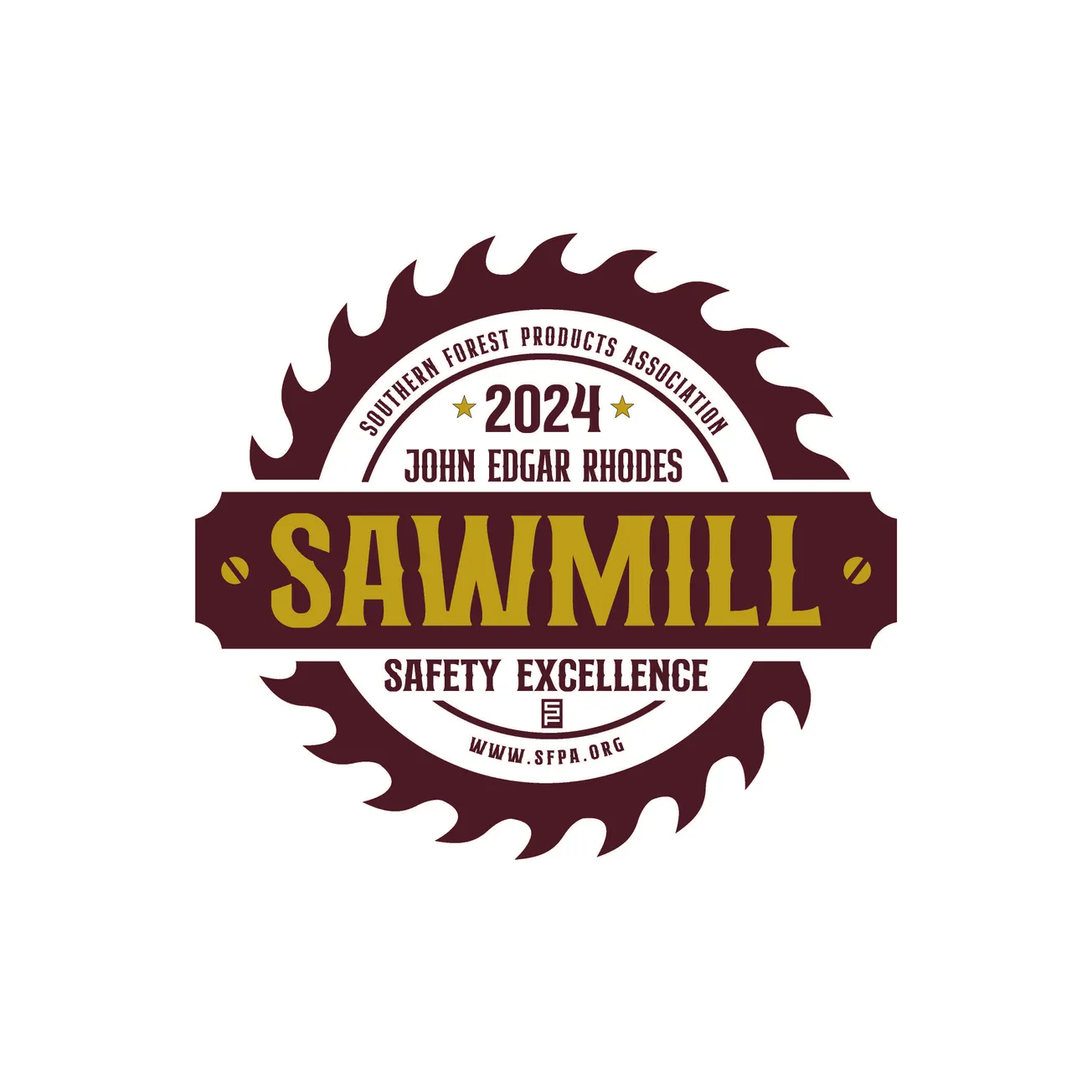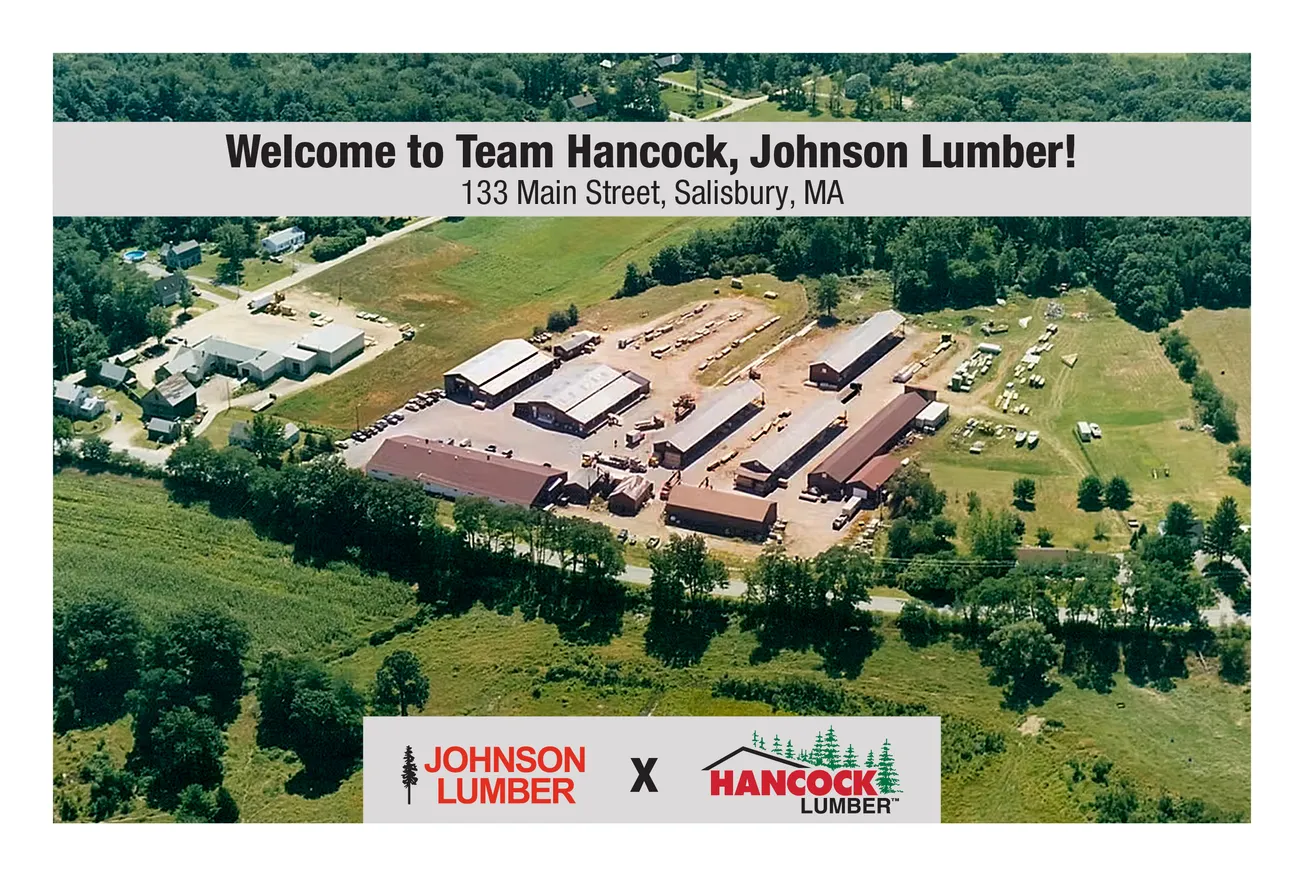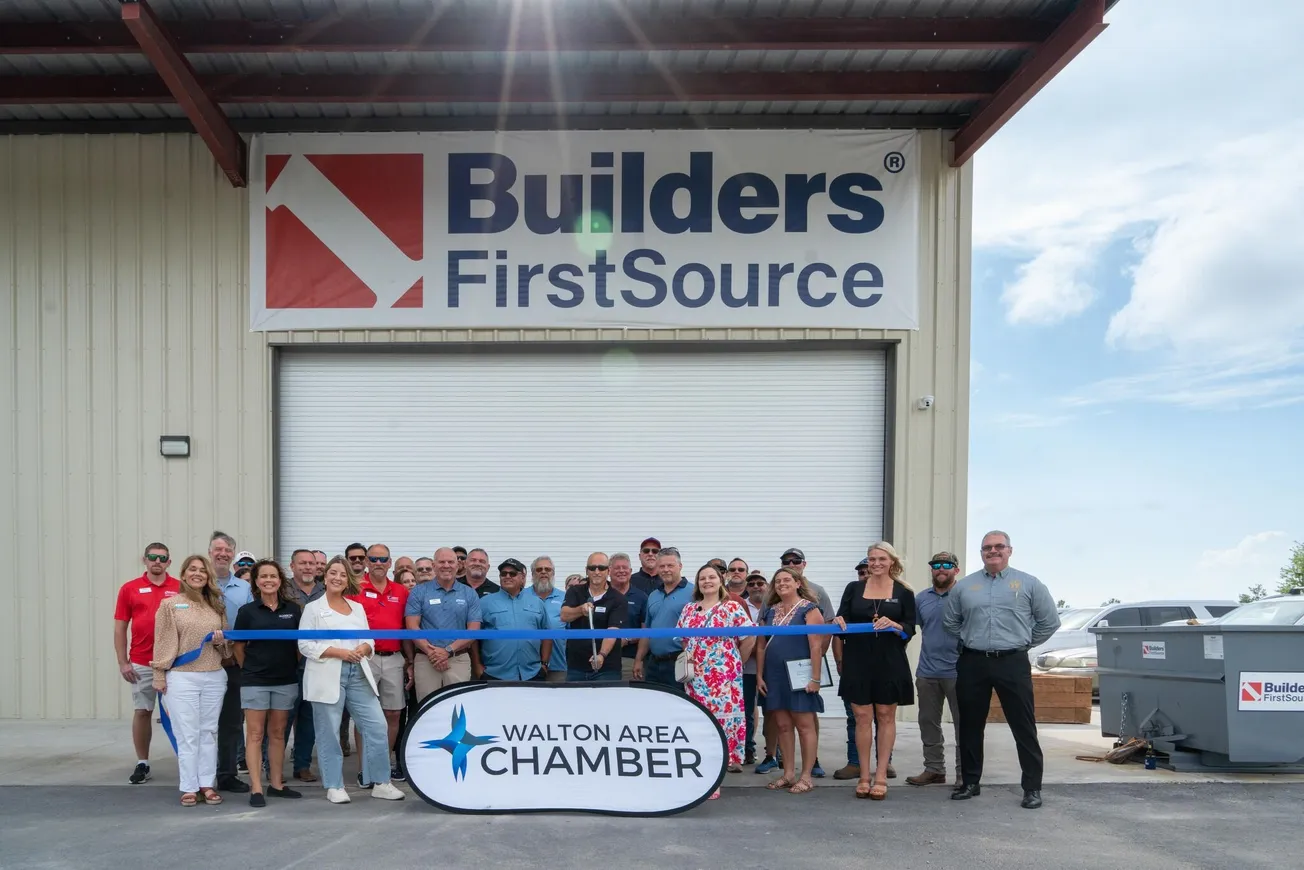Table of Contents
Recently, a lumber distributor, struggling to attract and keep qualified talent, asked how to get his employees more engaged and energized. His assessment was that they were not motivated, were not “giving it their all,” and his recent efforts to put in place a bonus incentive program had done little to change any of that. Sound familiar?
Keeping employees engaged and motivated is a challenge that all businesses face, not just in the wholesale lumber industry. And, unfortunately, most of us do not do a great job of it. According to ongoing research by the Gallup Organization, which has been tracking and measuring employee engagement for decades, only 15% of employees worldwide are actively engaged at their jobs.
What does it mean that more than 85% of employees are unengaged or disengaged? Simply that there’s a lot of room for improvement, and that working to improve engagement is well worth the effort. Engaged employees are more productive, provide better service to customers, use fewer sick and vacation days, have less absenteeism, are less likely to steal, and are happier.
The good news is that every wholesale lumber distributor or related company—no matter the size— has the ability to improve employee engagement and more good news is that it costs next-to-nothing to do so. All that is required is dedication and a change of habits.
First the basics: what is employee engagement? It is the measurable degree of emotional commitment that the employee has to the organization and its goals. It describes the degree to which the employee actually cares about his or her work and the company.
Next, what engages employees? The Gallup Organization did extensive research over many years and has identified the top 12 workplace elements (Q12) that highly-engaged employees see as critical to their motivation and happiness. Below are the elements, listed in terms of priority (from highest to lowest):
(1) I know what’s expected of me at work.
(2) I have the materials and equipment I need to do my work right.
(3) At work, I have the opportunity to do what I do best every day.
(4) In the last seven days I have received recognition or praise for doing good work.
(5) My supervisor or someone at work seems to care about me as a person.
(6) There is someone at work who encourages my development.
(7) At work, my opinions seem to count.
(8) The mission or purpose of my organization makes me feel my job is important.
(9) My associates or fellow employees are committed to doing good quality work.
(10) I have a best friend at work.
(11) In the last six months, someone at work has talked to me about my progress.
(12) This last year, I have had opportunities to learn and grow.
(Source: The Gallup Organization Q12 Meta Analysis)
These represent the elements most likely to engage employees. What don’t you see on this list? That’s right, money. Money is not a motivator or effective in improving employee engagement. Inequitable pay can certainly lead to lack of engagement along with other factors, but rarely does it work alone to cause disengagement among employees. This is why so many of those incentive bonus programs that NAWLA members attempt to implement fail.
In fact, reflect on your own past work experiences. Remember a time when you were highly engaged at work. How much of that true happiness was related in any way to your pay? Chances are, it was related to the work you were doing and the people you were doing it with.
What do you see on the list? Opportunity, respect, feedback and relationships. If you want to work on improving employee engagement, these are the places to start.
Opportunity
Do your employees truly know what you expect of them? Have you given them the tools necessary to do the job you expect of them? Do they have the opportunity to grow and develop in their roles? It can be troubling to not have a clear understanding of the expectations that one’s supervisor or leadership has of the work at hand, and nothing is more frustrating than to lack the necessary tools and technology to deliver on one’s work obligations. To improve engagement, spend some extra time communicating your expectations and ensuring your talent have what they need (tools/talent/training) to do the job well.
Respect
My opinions seem to count. My colleagues are committed to doing a good job. The mission of the organization makes me feel my job is important. All of these statements get to the root of culture and mutual trust and respect. As the organizational leader, you have the power to improve engagement simply by listening and ensuring all employees are treated with respect.
Feedback
Annual reviews, while often necessary and helpful, are rarely timely and are no substitute for the constant stream of feedback that employees both want and need in order to do their jobs well—especially those young employees entering the wood and lumber industry for the first time. Make it a habit to observe your employees regularly.
Relationships
Relationships matter. I was once told, “Employees don’t quit their jobs. They quit their managers.” It’s true in most cases, isn’t it? And it’s also true is that employees will stay with a job if their relationships are strong. With the tight labor market and high cost of employee turnover, if you are inclined to spend money on employee engagement, this is the place to do it. Invest in social and team development activities so that people feel connected to one another.
Not sure where to start or what to do? Start by asking your employees—they know best how engaged they are and what they need. What you’ll learn will not only help you improve employee engagement, it will lead to happiness, profitability and growth. Give it a try.









